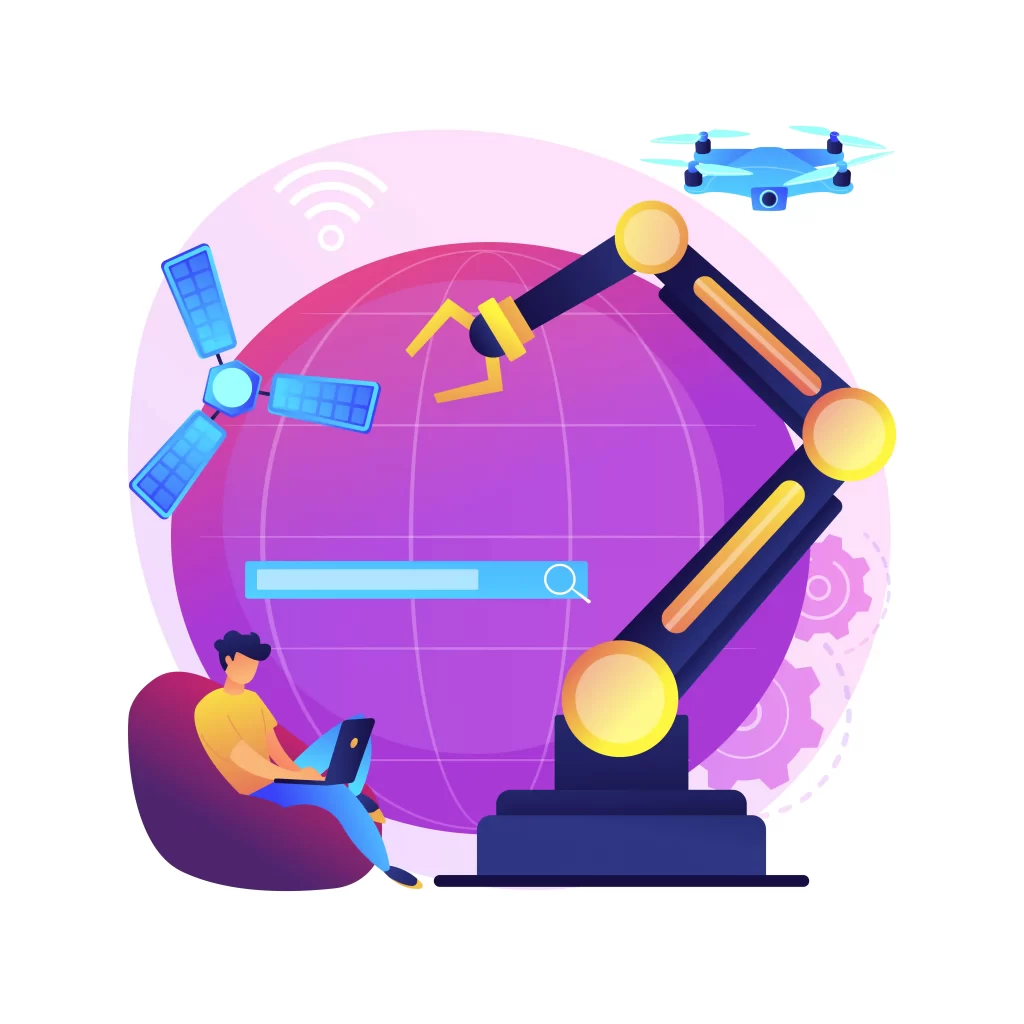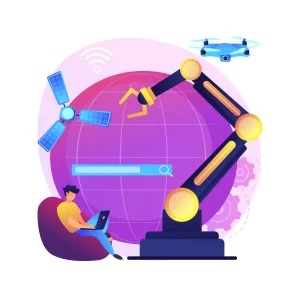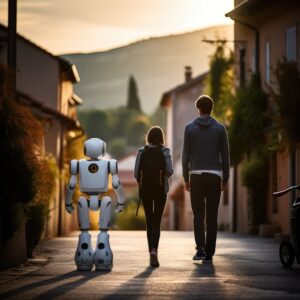1. Human-Centric Innovation
At the core of 5IR is a renewed focus on humanity. Unlike 4IR, which emphasized efficiency and automation, 5IR seeks to harmonize technological innovation with human values such as creativity, empathy, and well-being. This approach aims to use technology as a tool to enhance the human experience rather than replace it.
Examples:
- Collaborative Robots (Cobots): Robots working alongside humans to enhance productivity while preserving jobs.
- Personalized Healthcare: AI-driven systems offering tailored treatment plans based on individual patient needs.
2. Sustainability at the Forefront
Sustainability is a defining trait of 5IR. As industries strive to balance economic growth with environmental responsibility, 5IR technologies focus on minimizing carbon footprints, optimizing resource use, and advancing renewable energy solutions.
Key Innovations:
- Green Manufacturing: Utilizing AI and IoT to optimize energy use and reduce waste.
- Circular Economy Models: Reusing and recycling materials to extend product lifecycles.
3. Integration of AI and Human Intelligence
5IR emphasizes collaboration between artificial intelligence and human intelligence, creating symbiotic systems that combine machine precision with human creativity. This trait fosters innovation in fields where technology alone cannot achieve optimal outcomes.
Applications:
- Augmented Decision-Making: AI providing insights while humans make nuanced decisions.
- Creative Collaboration: AI tools assisting artists, designers, and engineers in pushing creative boundaries.
4. Ethical Technology Development
The 5th Industrial Revolution underscores the need for ethical considerations in technology development. It promotes transparency, accountability, and fairness, ensuring that advancements benefit all of society equitably.
Principles:
- Bias-Free Algorithms: Developing AI systems that prioritize fairness.
- Data Privacy: Strengthening regulations to protect user data.
5. Enhanced Connectivity
Building on the hyperconnectivity of 4IR, 5IR introduces a more integrated approach to connecting people, devices, and ecosystems. Advanced networks like 6G and quantum communication are expected to make connectivity faster, more secure, and universally accessible.
Impact:
Global Collaboration: Seamless communication across borders, enhancing innovation.
Smart Cities: IoT-powered cities offering improved quality of life through better infrastructure and services.
6. Redefining Workplaces
The Fifth Industrial Revolution is redefining how and where work is conducted. With a hybrid workforce combining humans and intelligent machines, workplaces are becoming more adaptable, inclusive, and flexible.
Emerging Trends:
- Remote and Augmented Workspaces: Enhanced virtual reality environments for remote collaboration.
- Skills Evolution: Emphasis on upskilling and reskilling workers to adapt to technological advancements.
7. Holistic Well-Being
5IR highlights the importance of balancing technological progress with human well-being. It promotes innovations that support mental health, reduce stress, and enhance overall quality of life.
Examples:
- Wearable Health Tech: Devices monitoring physical and mental health.
- Work-Life Balance: AI tools helping individuals manage their time and productivity effectively.
Conclusion
The Fifth Industrial Revolution represents a paradigm shift in how humanity interacts with technology. By placing human values, sustainability, and ethics at the center of innovation, 5IR holds the promise of a more inclusive and prosperous future. As we embrace this new era, the challenge lies in ensuring that these advancements serve the collective good, empowering individuals and industries alike.



